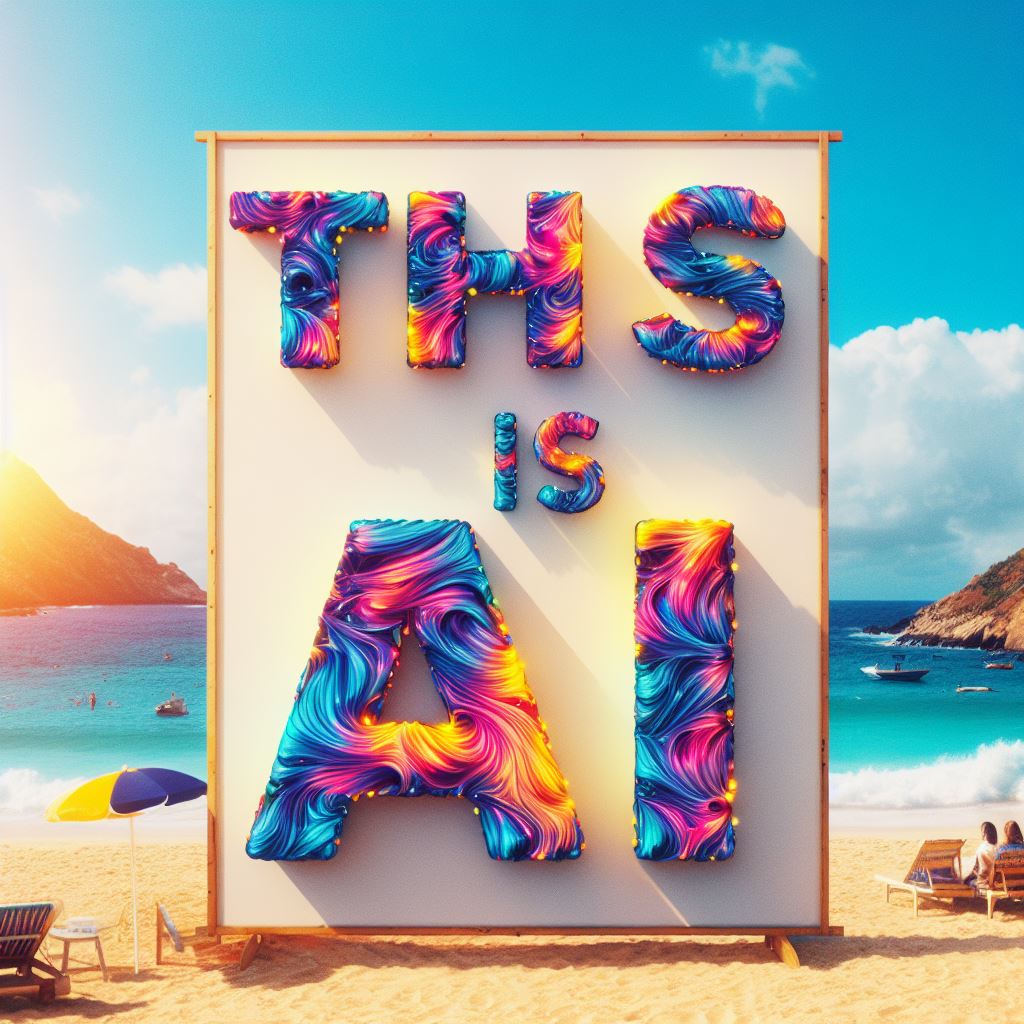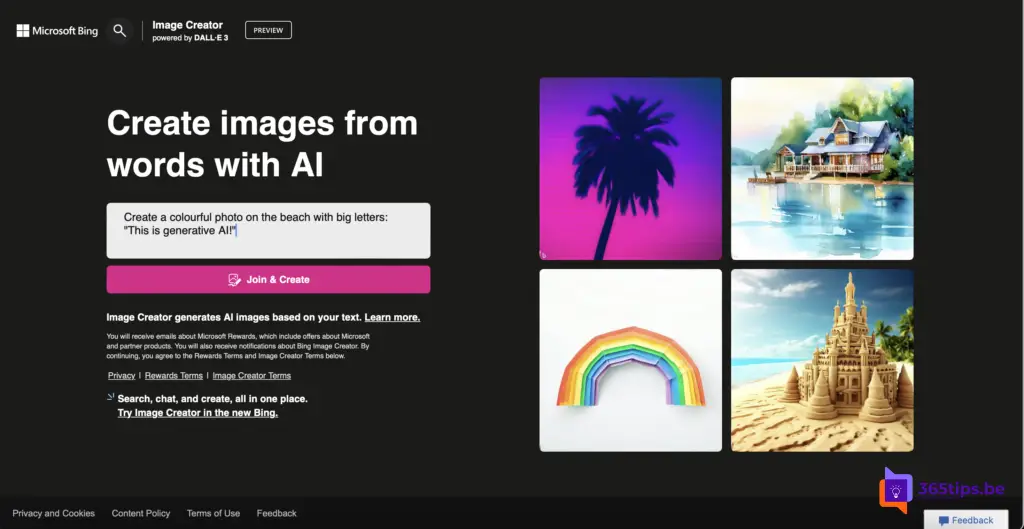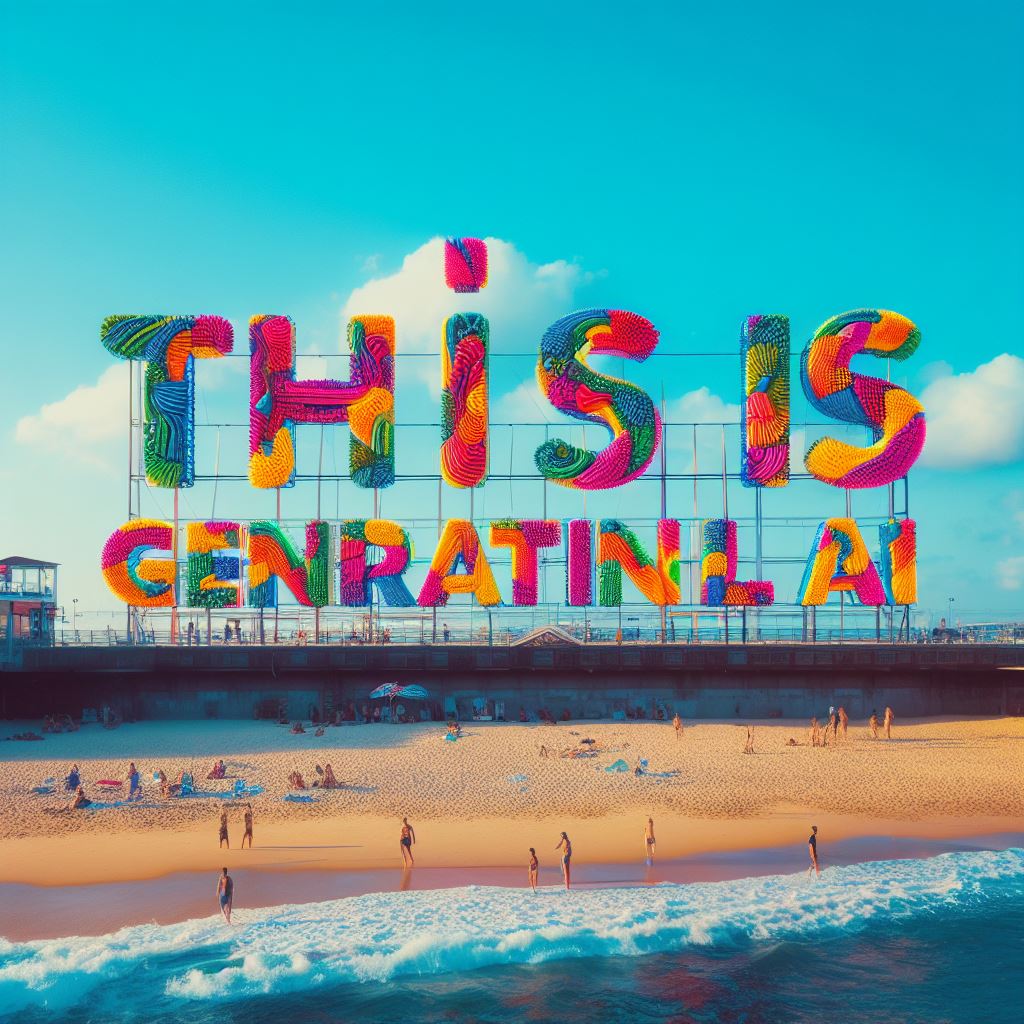What is generative AI?

In the rapidly evolving world of technology and artificial intelligence, there is one term that is popping up more and more often - "Generative AI." But what does it really mean and why is it so exciting? In this blog post, we go on an adventure to explore the wonderful world of generative AI and discover how it expands our creative horizons.
What is Generative AI?
Generative AI is a subfield of artificial intelligence that revolves around creating new content, such as text, images, music and even video, using algorithms. The distinguishing feature of generative AI is that it does not simply repeat what it has learned, but has the ability to generate something completely new. It uses complex neural networks, such as GPT-3 and GANs (Generative Adversarial Networks), to achieve this.
The Applications of Generative AI
Generative AI has a wide range of applications and has transformed the way we think creatively and solve problems. Here are some exciting application areas:
- Text generation: Thanks to generative AI, computers can now write human-sounding text ranging from news articles to poetry. This has opened the door to automation in content creation, but has also led to concerns about fake news and copyright.
- Image generation: Generative AI can create artwork, generate faces and even invent new designs. It has enriched creative industries such as graphic design and fashion design.
- Music and sound: Music composed by generative AI has proven to be an exciting form of art. It can inspire and help musicians generate new melodies and compositions.
- Video: Generative AI can create videos by combining and editing footage. This is especially useful in the film industry and in creating visual effects.
The Ethics and Challenges
However, generative AI also brings ethical and technical challenges. The question of who is the author of AI-generated content, the impact on jobs in creative industries and the potential spread of misinformation are all issues that need to be addressed.

Have you seen this picture? Do you see the mistakes?

The Future of Generative AI
The future of generative AI is both exciting and challenging. We can imagine that generative AI will continue to amaze us with new forms of creativity, but at the same time we must continue to explore and regulate its ethical aspects.
In conclusion, generative AI is a powerful and exciting technology that has dramatically changed the creative world. It has changed the way we think about creation and innovation and is likely to have an even greater impact in the future. As a society, we must be aware of the ethical issues involved and actively work toward responsible implementation. Enjoy the creative journey that generative AI offers us and let your imagination run wild!
What is DAL-E 3? The New Creative Powerhouse from OpenAI
The world of artificial intelligence is always evolving and continues to amaze us with new breakthroughs and innovations. One of the latest sensations in the realm of generative AI is "DAL-E 3," developed by OpenAI. In this blog post, we take a closer look at what DAL-E 3 is, what it can do and why it is so exciting.
The Beginning of DAL-E 3
DAL-E 3 is the successor to DAL-E and builds on the technology developed by OpenAI. DAL-E, which stands for "Drawing and Language Engine," was a pioneering model capable of generating images based on natural language descriptions. DAL-E 3 represents another step forward in this technology and offers some remarkable improvements.
What can you use DAL-E 3 for?
DAL-E 3 is a generative AI that can transform textual instructions into beautiful and detailed images. It has the ability to take complex concepts and ideas from written text and turn them into visual representations. Some of the notable capabilities of DAL-E 3 include:
- Generating images from text: You can give detailed instructions to DAL-E 3, and it will produce an image to match what you have described. For example, you might ask for an image of a flying elephant in a sunny jungle, and DAL-E 3 will create it for you.
- Style and customization: DAL-E 3 offers flexibility in choosing the style and appearance of the generated images. This allows users to specify specific artistic preferences.
- Storytelling: The model can also be used to support stories and narratives by creating images that correspond to specific scenes and situations in a story.
- Designs and illustrations: DAL-E 3 can be used to generate illustrations for various purposes such as books, magazines, websites and more.
Applications and Implications of DAL-E 3
DAL-E 3 has a wide range of applications in different domains. Here are some examples:
- Content Creation: Writers and publishers can use it to generate images to match their text.
- Education: It can be used to produce visual learning materials and illustrate complex concepts.
- Marketing and Advertising: DAL-E 3 can help create attractive visual content for advertisements and promotional materials.
- Gaming: It can be used to generate game art and backgrounds.
- Creative Arts: Artists and designers can use it for inspiration and to quickly visualize concepts.
This is the most important thing to know when using Chat GPT & DAL-E 3
Chat GPT, like this text generated by an advanced AI, offers an amazing opportunity to have natural and human-like conversations with artificial intelligence. However, it can be complex and involves some important considerations to ensure that you use it effectively and responsibly. In this blog post, we will discuss the key points you need to understand when using Chat GPT.
- The Technology Behind Chat GPT: It is important to understand that Chat GPT is based on deep neural networks and trained on a wide range of text from the Internet. The model does not incorporate personal experience or awareness. It functions based on patterns and data analysis.
- Clear and Specific Instructions: One of the keys to effective use of Chat GPT is to provide clear and specific instructions. The more precise you are in your input, the better the model will be able to generate relevant and meaningful responses. Try to avoid vague or ambiguous instructions.
- Awareness of Biases and Misinformation: AI models, including Chat GPT, may exhibit inherent biases based on the data they are trained with. Be aware of this possibility and ensure that generated content is not discriminatory, offensive or misleading. It is important to review and edit the generated output if necessary.
- Responsibility for Content: If you use Chat GPT to generate content, remain responsible for what is published. The model is a tool, but ultimately you are the one responsible for the content produced. Make sure the generated text matches your intentions and values.
- Privacy and Sensitive Information: Avoid sharing personal, sensitive or confidential information when using Chat GPT. While OpenAI is committed to data security, it is important to maintain privacy and not share information that is not intended for the public.
- Developing a Dialogue: Chat GPT is designed to function as a virtual assistant. You can develop a conversation by maintaining context in your questions and answers. This can be useful for brainstorming, problem solving, learning and more.
- Use Moderation Tools: OpenAI provides moderation tools to manage generated output and filter inappropriate content. It is highly recommended to use these tools to create a safe and appropriate environment.
- Feedback and Improvement: OpenAI values user feedback to improve the technology and address potential issues. If you encounter inappropriate content or have suggestions for improvements, please do not hesitate to provide feedback.
How can you deploy Generative AI in Microsoft 365?
- Automatic Summaries and Content Creation: Generative AI can be used to generate automatic summaries of long texts, allowing you to quickly identify key points. This can be useful when managing emails, reports or even legal documents.
- Translation and Localization: Generative AI allows you to easily translate and localize texts. This is especially useful if you do international business and communicate with customers and colleagues around the world.
- Content Creation and Marketing: You can use Generative AI to generate marketing content, such as blog posts, social media updates and newsletters. This saves time and effort in coming up with new ideas and writing.
- Chatbots and Customer Support: Generative AI can be used to create chatbots that can answer customer questions and solve problems. This improves customer support efficiency and provides 24/7 availability.
- Code generation: If you are involved in software development, Generative AI can help you generate code samples and snippets. This speeds up the development process and can be useful in solving complex programming issues.
How can you use AI in Microsoft Bing to create photos or images?
Bing Image Creator is an AI-powered tool that allows you to create images by writing what you want to generate. Developed by Microsoft in collaboration with OpenAI, it is currently available to users with a Microsoft account on Windows, as well as on iOS and Web browsers. In short, you can get started with it on any device.
Read this blog: here

